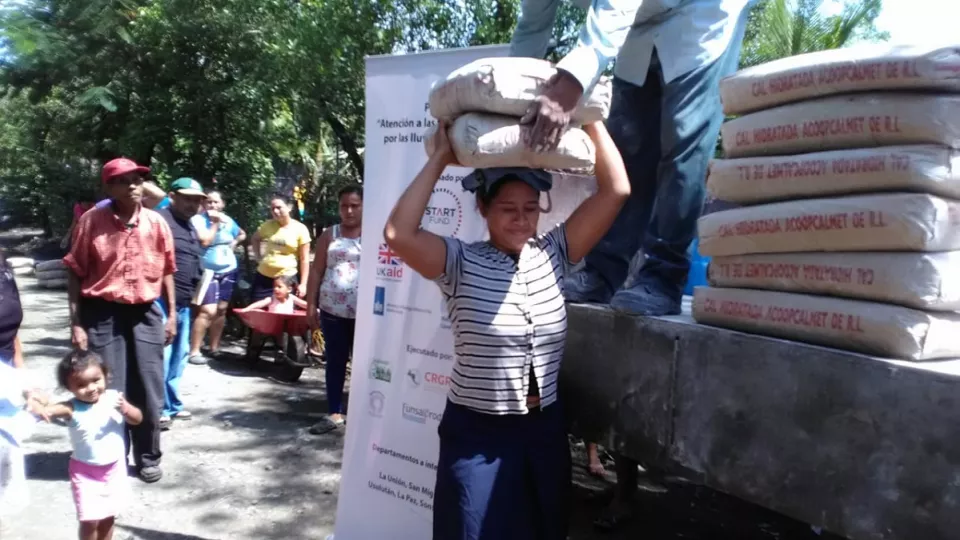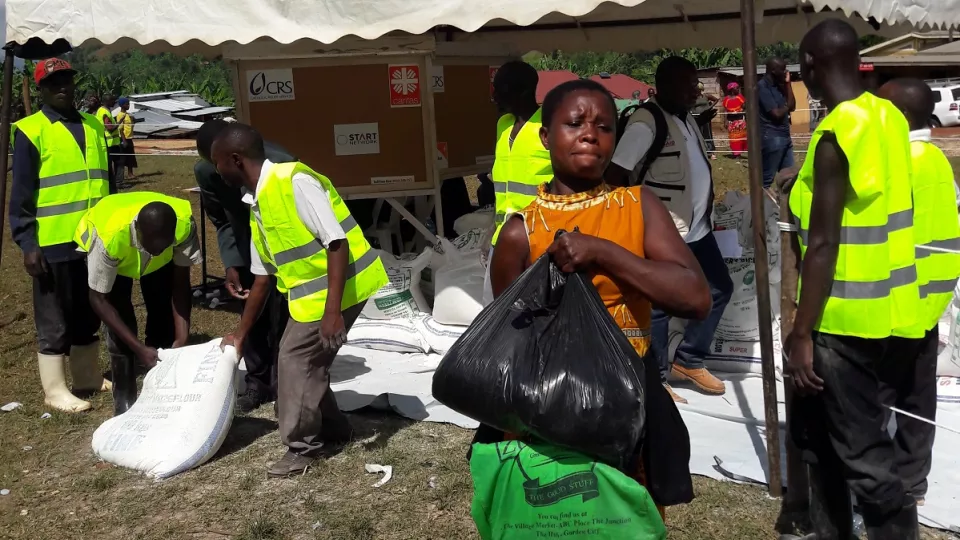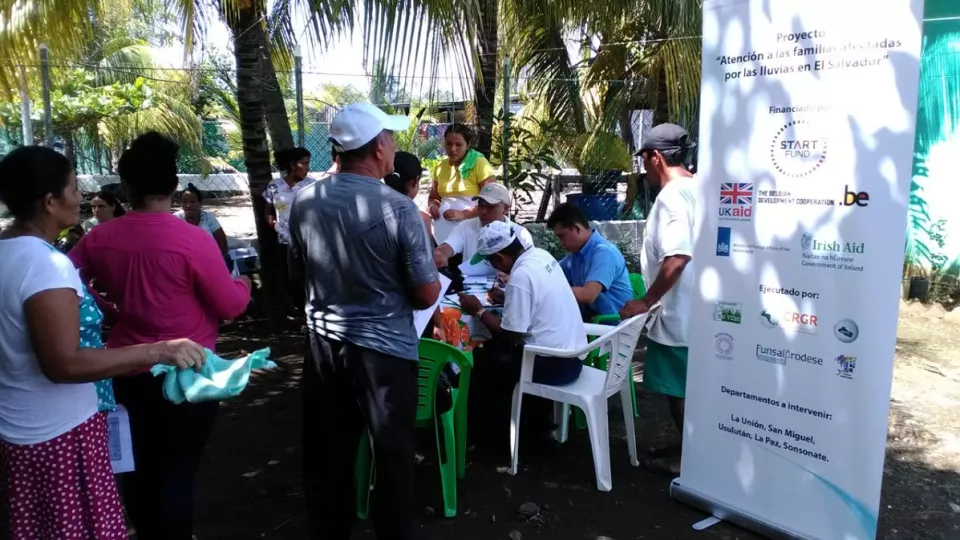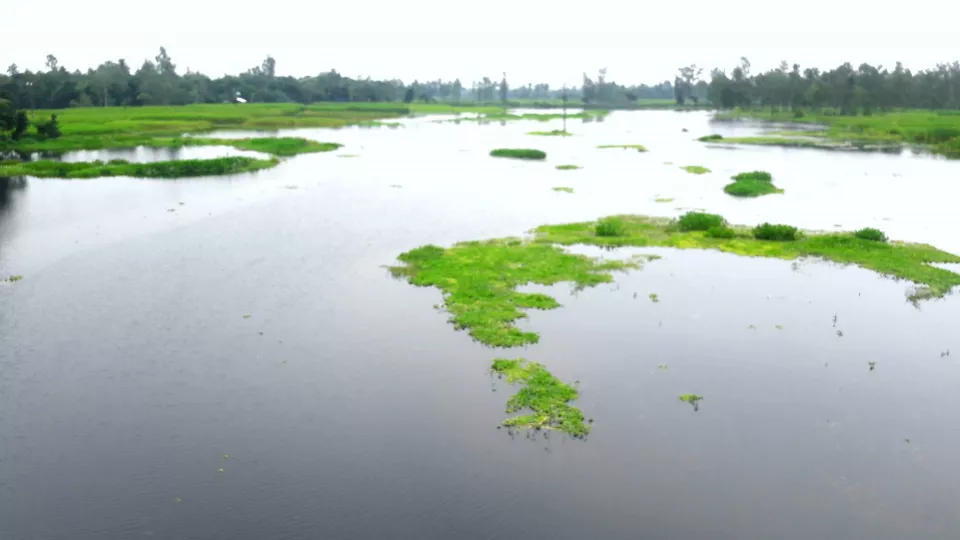Learn at the 2018 Assembly: The Start Fund
Learn about the world's fastest pooled financing mechanism, Start Fund.
Learn about the world's fastest pooled financing mechanism, Start Fund.
Since May 2017, there have been 8 activated alerts in Bangladesh, with disbursements totalling £2.1 million.

There are simply too many charities operating in international development. It is time we ourselves took action, argues the executive director of Mercy Corps.

With their homes destroyed, livestock buried, and crops washed way affected families were left stranded, struggling to survive and forced to depend on the help of their neighbouring communities.
How can you assign and protect copyright and intellectual property when co-designing humanitarian solutions with multiple actors, including disaster-affected communities and vulnerable groups?

In early October, heavy rainfall from two low pressure systems led to devastating flash floods and landslides in El Salvador. More than a 1000 people were forced to leave their homes as rivers burst their banks, mudslides in the country’s hilly interior cut roads, buried buildings, and flooded homes.
Kristin Bergtora Sandvik, Research Professor of Humanitarian Studies, University of Oslo, speaks to Start Network's innovation labs in Jordan, Philippines, Bangladesh and Kenya about ethics in humanitarian innovation.

The economic crisis and widespread social unrest that has gripped Venezuela in recent years has led to the displacement of millions of Venezuelans. Families, in search of economic and social security, have fled across borders into neighbouring Colombia, Peru and Ecuador. The Start Fund is filling a critical gap in this under-funded socio-economic crisis to respond to the needs of those displaced in Peru and Ecuador.
The Start Fund provides rapid financing to underfunded small to medium scale crises, spikes in chronic humanitarian crises, and to act in anticipation of impending crises, filling a critical gap in humanitarian financing.

In July 2016, Bangladesh was hit by one of the worst floods in recent history. What could have been done differently using the forecasts that were issued? Knowing what we know now, how can we better anticipate future floods? What can we learn from this to limit the damage caused by future floods?